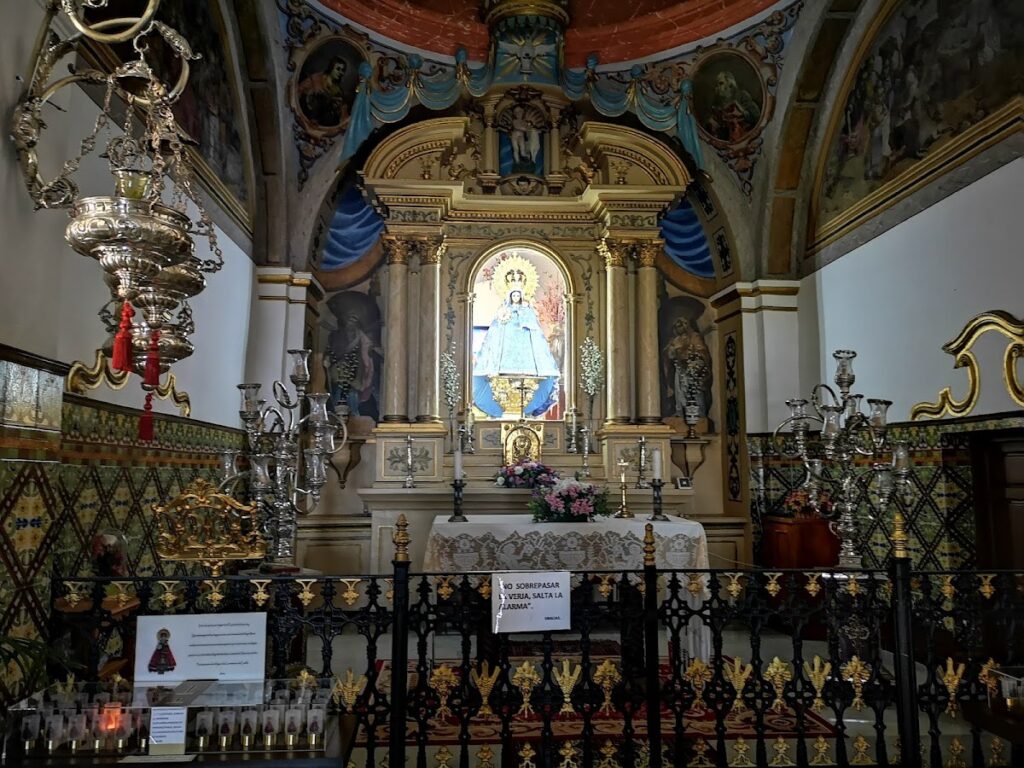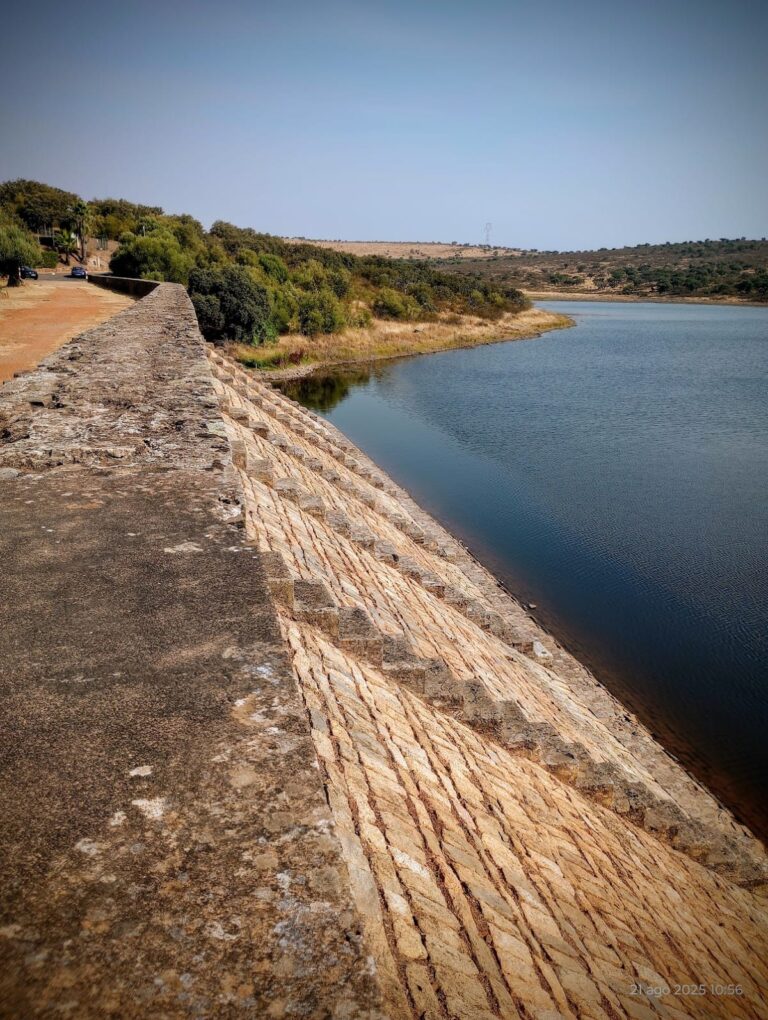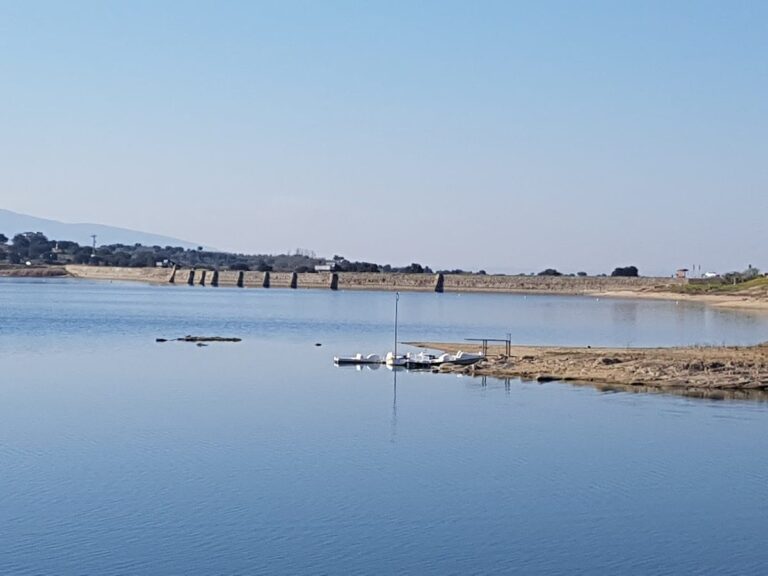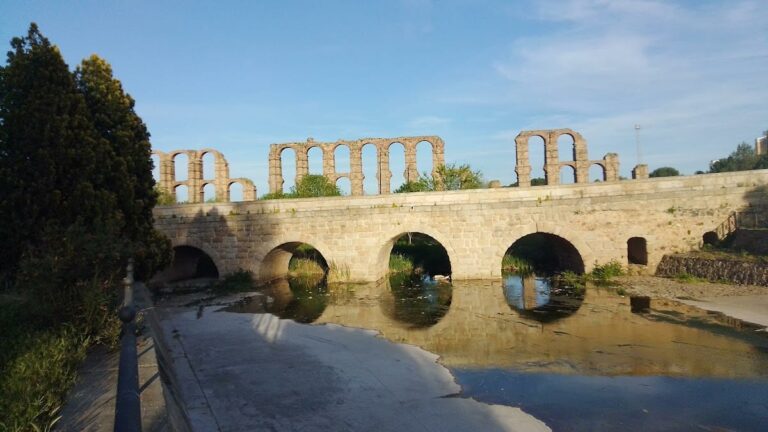Castle of Montánchez: A Historic Fortress in Spain
Visitor Information
Google Rating: 4.6
Popularity: Medium
Google Maps: View on Google Maps
Country: Spain
Civilization: Unclassified
Remains: Military
History
The Castle of Montánchez is located in the town of Montánchez in Spain. Its origins trace back to the Caliphal period, when it was first established as a fortress on the highest point of a hill overlooking the surrounding landscape. This initial construction was carried out by Muslim rulers during the Caliphate era, marking the earliest phase of the stronghold’s development.
In the 12th century, the castle underwent significant expansion and modification during the time of Almohad occupation. The Almohads were a North African Muslim dynasty, and under their control, the fortress saw the addition of new architectural elements and reinforcement of defensive structures. Some of these features from the Muslim period, such as cisterns for water storage and parts of the original layout, have survived to the present day.
Following the Christian reconquest of the region, the castle came under the administration of the military Order of Santiago. During this period, the fortress was adapted to meet evolving defensive needs. Multiple layers of walls were constructed to strengthen the enclosure, reflecting changes in medieval military architecture and the shifting political landscape.
In 1620, the castle served a notable administrative role when it was used as a prison to hold Don Rodrigo Calderón, a prominent figure from Valladolid. Around the same time or shortly thereafter, a hermitage was built outside the castle grounds, signaling continued use and religious association during the early modern period.
Over the centuries, the Castle of Montánchez has been recognized as an important historical monument and has undergone restoration efforts supported by regional and central Spanish authorities. It is legally protected by heritage laws ensuring its preservation.
Remains
Perched on a hilltop, the Castle of Montánchez is arranged around a main enclosure centered on the highest point, which holds the earliest Caliphal structure. This layout demonstrates strategic use of elevation to maximize defense. The fortification’s walls show evidence of multiple construction phases, particularly the additional defensive layers built after the Christian reconquest.
Within the castle’s interior space rest two original cisterns, known as aljibes in Arabic, which were designed to collect and store water, an essential feature for a hilltop fortress. These cisterns date from the Muslim period and remain visible, illustrating the practical measures taken to sustain occupants during sieges.
The keep, or tower of homage, stands within the enclosure as the central defensive stronghold and symbol of authority. Alongside it are the wine cellars, which served as storage areas for provisions, indicating the castle’s role not only in defense but also in supporting daily sustenance.
Outside the main fortress enclosure lies the largest cistern, which functioned as a significant water reservoir complementing the internal storage. Nearby is a pond, contributing additional water resources. Adjacent to these is the hermitage constructed in the 17th century, reflecting the site’s religious significance during the post-medieval period.
The surrounding defensive walls, particularly those added by the Order of Santiago, encircle the main enclosure and have been preserved to varying degrees. Restoration and consolidation efforts in recent years have helped maintain the structural integrity of these walls, though the exact materials and decorative details involved in these repairs are not specified in historical records.










